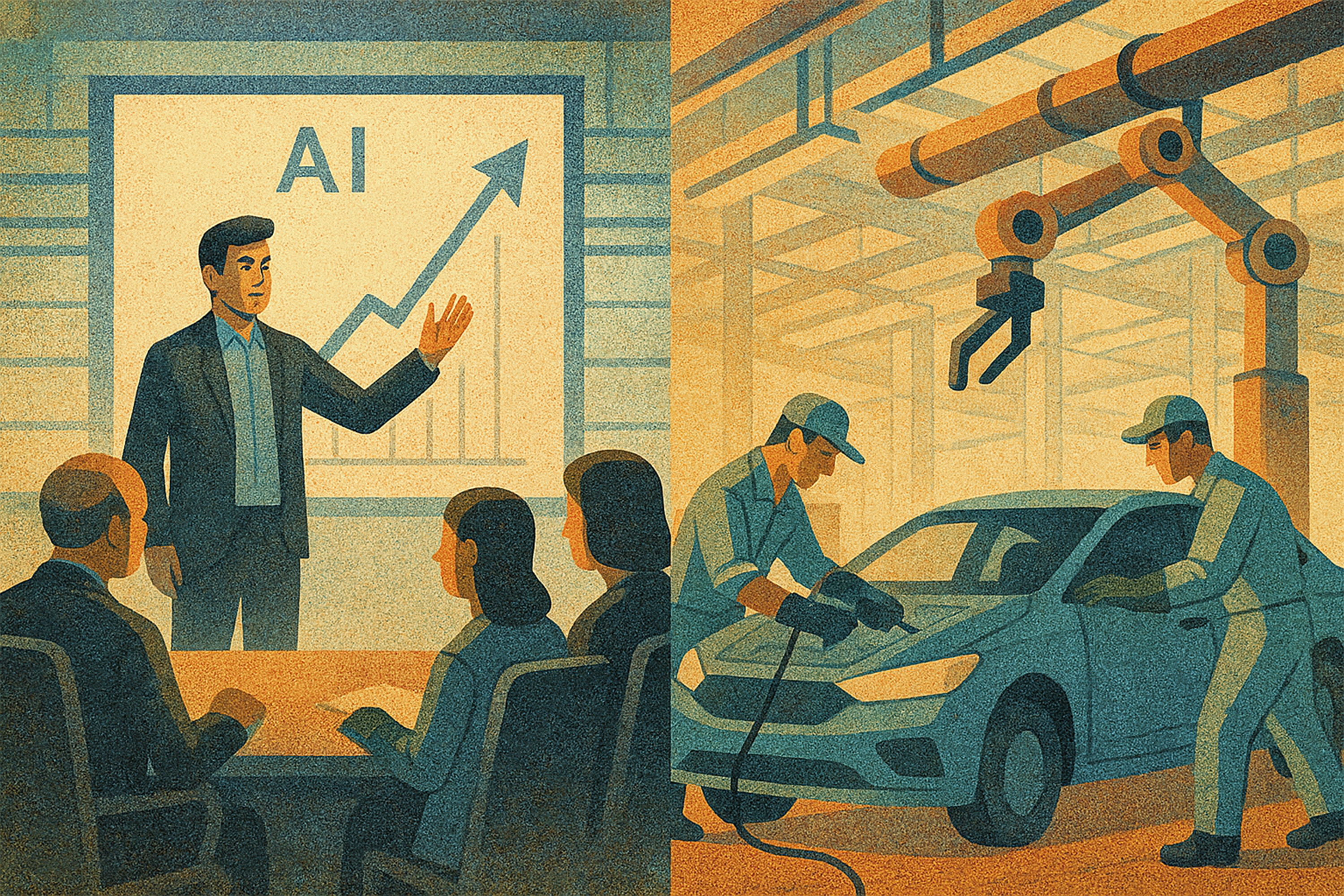
Events during the year 2017 proved that an old discipline has not lost its relevance. Hermeneutics, the methodology and study of interpretation, is becoming increasingly important to distinguish signals from noise, facts from opinions and perspectives, and to distinguish verity from illusion or deception.
Hermeneutics is etymologically derived from Hermes, an Olympian God who brought the word of Zeus to the mortals to earth in Greek mythology. It means that every interpreter, those who apply hermeneutics to texts, verbal and non-verbal communication, translate the words of God or the divine Scripture to mankind. Although it has lost this religious connotation, hermeneutics is still the study to discover or disclose what is hidden and meant in the message. However, there is a strong perception that information that is reduced to its ‘data form’ in combination with computerized learning analytics, such asartificial intelligence, can solve most of our problems and questions of our time, and that hermeneutics has become redundant.However, it is a misconception to perceive data as the answer to most of our debates. First of all, from data alone we cannot infer values: from state of affairs (things that ‘are’) we cannot jump towards moral imperatives (howthings ‘ought’ to be). We cannot analyze what we ought to do with #MeToo or BlackLivesMatter from analyzing data alone. To fight these misconducts we need values, something which the philosophical tradition of hermeneuticsprovides. Furthermore, because of the inductive nature of reasoning is based on data, we might overlook ‘Black Swans’: because you have observed 100 birds that are white, it does not mean that all birds are white. In this way,relying on data and opinions of others might prevent us from seeing the next revolution.Moreover, data is still no information: abstract coded strings do not actually inform us about anything. Instead, data might actually mirror our preconscious conception of the world, thus we interpret data from this world view.As such, these data are interpreted in a way that the world starts mirroring our world view, hence reinforce our beliefs. This is what German philosopher Martin Heidegger calls the ‘hermeneutical circle’. In this way, we shouldbe skeptical whether data and AI can provide sufficient answers to our most demanding problems, such as climate change, poverty, social unrest and unhappiness, and of course moral and existential problems (like ‘why arewe here?’). Sociologist Max Weber developed this idea further, and he stated that the method of ‘Verstehen’ should always be used for explaining social phenomena, compared to ‘Erklären’, which is the method of the naturalsciences. For example, understanding political and social behavior is something different from explaining why it takes time X for object A to reach place B, because the latter is about intentional and meaningful behavior, whereas the former is the movement of dead matter.The first needs perspective, empathy, and a comparative-historical approach, while the latter requires same mathematical equations. We have written before how social phenomena are susceptible to contagion, hence how one event can seize all attention and lead to a snowball effect across a wider range of topics and issues. 2017 has been such a year in which many of these socio-politicaldebates and discussions have erupted and gained momentum simultaneously. That will increase demand for trustworthy partners that understand and explain these issues for us. Depending on the matter and problem, new teachers, mediacompanies, experts, political leaders, business ideas, heroes, gurus willrise to provide new narratives, alternative perspectives, and new guidelines.


